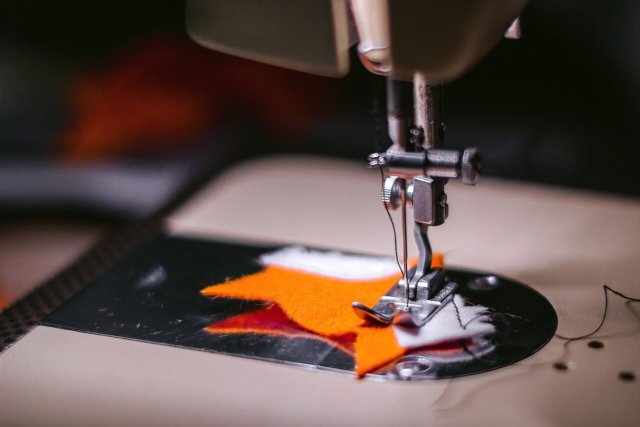While the service sector provides the largest share, 73.4 percent, of the European Union’s GDP, the industrial sector continues to be an important piece of the EU’s economic activity. Within the industrial sector, the EU is a world leader in textile and clothing manufacturing.
Textiles and clothing is a diverse sector that plays an important role in the European manufacturing industry, employing 1.7 million people and producing a turnover of EUR 166 billion. The sector has undergone radical change recently to maintain its competitiveness by moving towards high value-added products.
On the global market, European textile exports make up nearly one-third of total trade in that sector. The EU has gained this top spot in the textile and clothing sector through high-end specialisation, its flexibility, the continuous adaptation of its structure to the market, and the development of products that address new needs. In recent years, the EU as a whole has increased its exports in this sector by 13%, despite a negative trade balance overall.
In order to maintain a level-playing field in the competitive international marketplace, the EU uses a combination of multilateral agreements through the World Trade Organization (WTO), bilateral agreements to negotiate free trade, and dialogues such as the Euro-Mediterranean Dialogue on the textile and clothing industry.
The increasing importance of the textile industry in emerging economies and the development of new uses and product applications in a growing number of areas explains why it has become important to bilateral discussions of free trade agreements (FTAs) such as with Japan and Vietnam and with the United States through the Transatlantic Trade and Investment Partnership.
The EU has already concluded FTAs with Canada, South Korea, Ukraine and Moldova. The multilateral framework provided by the WTO ensures the adoption of technical regulations, standards and conformity assessment procedures as well as the reduction of tariff barriers by all trade partners who are part of the WTO.
Within the EU, the most important legislation on the textile and clothing industry is Textile Regulation (EU) No 1007/2011 on fibre names and related labeling and marking of the fibre composition of textile products.
The driving factor behind the adoption of this regulation was the need to standardize textile fibre names across the EU to ensure consumer protection and to a technical barrier to trade in the internal market.
The regulation’s three most important components include the general obligation to state the full fibre composition of textile products; minimum technical requirements for applications for a new fibre name; requirement to indicate the presence of non-textile parts of animal origin. The Expert Group on textile names and labeling was created and meets biannually to provide their expertise and advice on application of the regulation.
The Romanian textile industry has a long tradition and represents one of the basic industrial sectors, with huge potential. Production focused on product assembly is the one that maintains the industry at the moment. 2017 has been a difficult one for the textile industry due to lack of qualified workforce. However, according to the National Commission for Forecast, the industrial sector is one of the potential sectors of growth for 2018, estimated at + 5.2%.
At the moment, the Romanian textile industry is regarded as a traditional branch considering that almost any national experience of its development has included or includes this industry. The textile industry branch includes, according to CAEN, two categories: CAEN code 13 – manufacture of textile products and CAEN code 14 – manufacture of clothing. In Romania, there are about 9,700 companies, both Romanian and foreign capital, which have as their field of activity the textiles sector.

